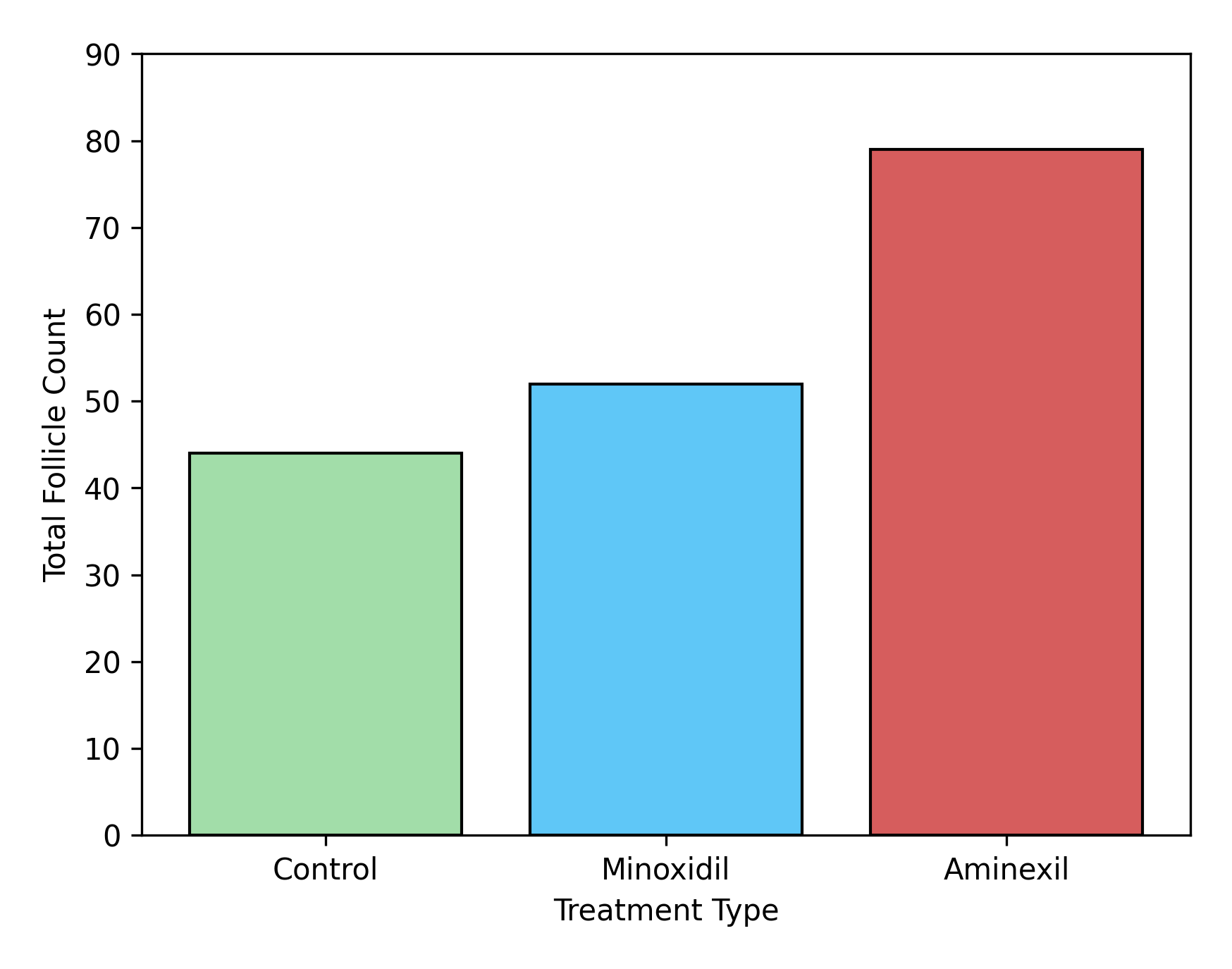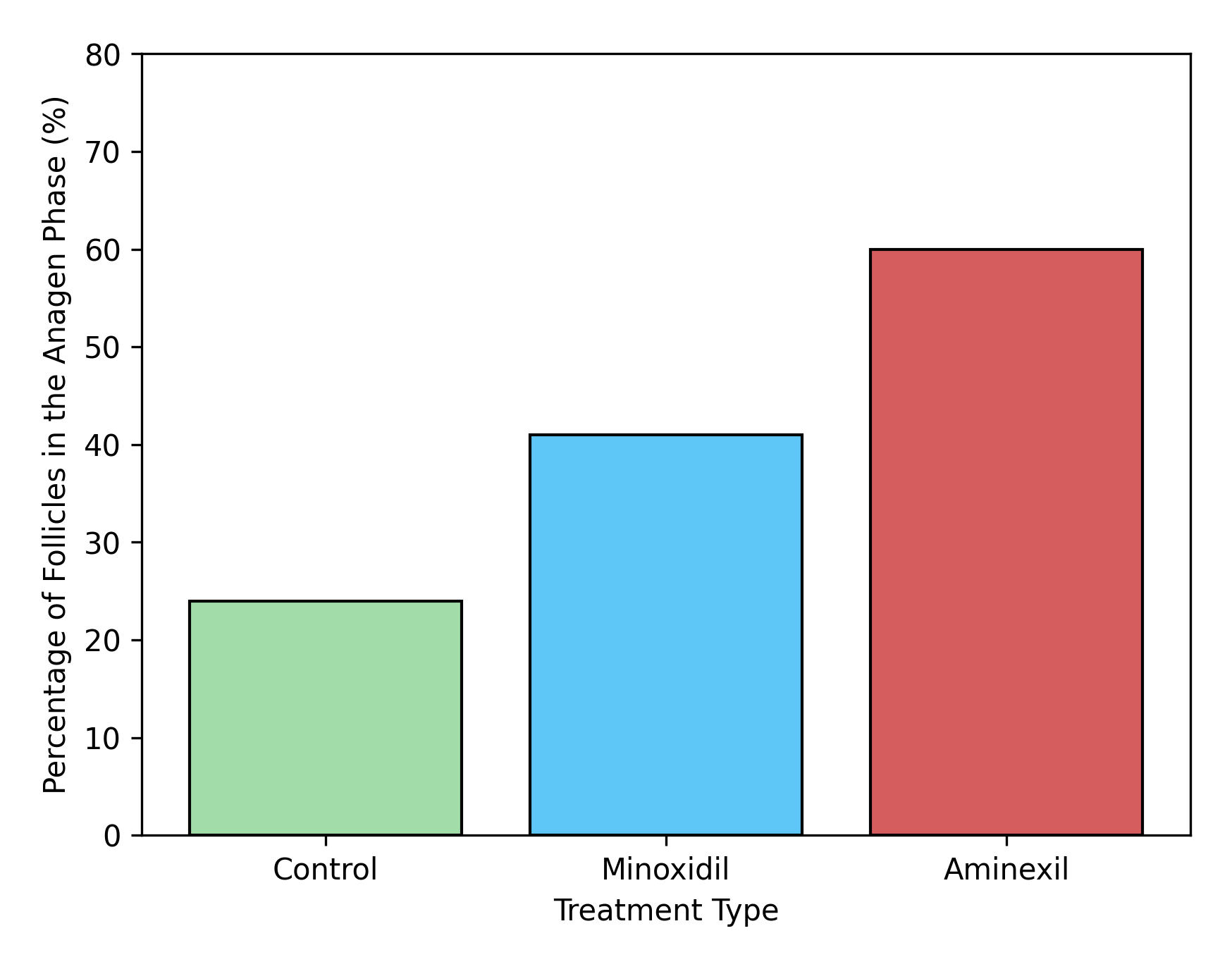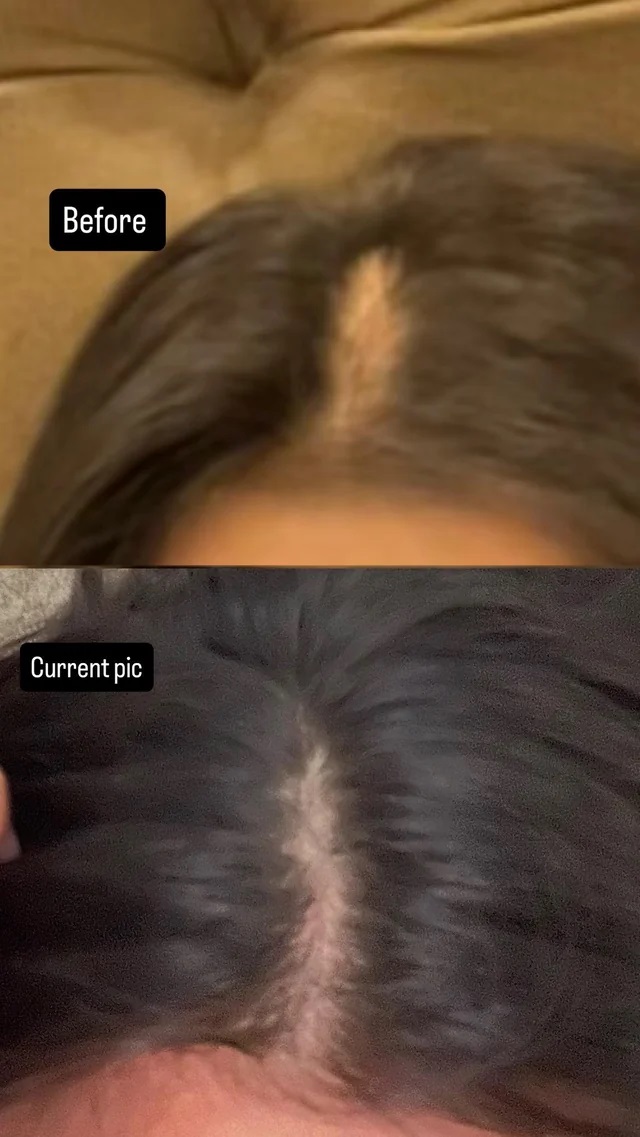Aminexil: a chic alternative to Minoxidil or just another hair-loss mirage?
Introduction
If you’re losing your hair, chances are you’ve already come across a word that sounds almost magical: Minoxidil. For more than thirty years, this topical treatment has been one of the few scientifically validated options to slow hair loss. It won’t turn advanced baldness into a Hollywood mane, but for millions of men and women it remains a precious tool to preserve what they still have—and sometimes regain a little ground.
But there’s another name that pops up in more refined hair care conversations: Aminexil. Often described as Minoxidil’s sophisticated cousin and promoted by luxury brands like Vichy, it has a certain allure. So, is it a serious promise or just smoke and mirrors?
What is Aminexil?
Behind the trade name Aminexil lies a molecule called Kopexil, identified in the 1980s. Its chemical structure is similar to Minoxidil, but it followed a different development path. Rather than being positioned as a drug, it was embraced by the world of dermo-cosmetics and integrated into lotions, serums, and shampoos for regular use.
Brands like Vichy made it a flagship ingredient, combining it with vitamin complexes (B vitamins, arginine, SP94, piroctone olamine, etc.) to offer treatments that go beyond slowing hair loss, aiming also to improve scalp health and hair quality. Aminexil therefore occupies a hybrid position: somewhere between proven efficacy and daily cosmetic comfort.
How does it work?
To understand Aminexil’s action, we need to look at the mechanics of baldness, or androgenetic alopecia. This condition is caused by hair follicle hypersensitivity to dihydrotestosterone (DHT), a hormone derived from testosterone. That sensitivity triggers a process of progressive miniaturization: hair becomes thinner, shorter, and eventually stops growing.
Where Minoxidil primarily works by boosting microcirculation and prolonging the growth phase (the anagen phase), Aminexil takes a different route. Research has shown that in alopecia, the collagen sheath around the hair root stiffens, compressing the follicle and limiting its access to nutrients.
Aminexil acts as an anti-fibrotic. It prevents this collagen from hardening, maintaining flexibility around the hair bulb and promoting oxygen and nutrient delivery. Even more interestingly, it inhibits a key enzyme in collagen maturation (lysyl hydroxylase), thereby slowing perifollicular fibrosis—in other words, the process that gradually suffocates the hair.
In parallel, studies show that it stimulates growth factors like VEGF (vascular endothelial growth factor, which encourages new blood vessel formation around the follicle) and HGF (hepatocyte growth factor, involved in activating follicle cells). In simple terms: this cocktail improves local circulation and wakes up dormant follicles.
Unlike Finasteride, Aminexil does not interfere with hormones. That makes it suitable for use by both men and women, without the risks tied to hormonal manipulation.
What the studies say
Clinical evidence is still limited compared to Minoxidil, but the findings so far are encouraging.
A clinical trial (Reygane et al) was conducted on just over 500 adults with mild alopecia. Participants applied an Aminexil-based formula—often combined with other actives—for three months. The reported results showed that about 87% of subjects displayed improvement as assessed by dermatologists, with higher numbers in women (around 92%) than in men (about 80%).
However, a few caveats are worth noting. The term “improvement” remains vague: it likely refers more to reduced shedding and a healthier look rather than dramatic regrowth. Also, this study was funded and carried out by a team affiliated with Vichy, which introduces a potential conflict of interest. Finally, in terms of safety, the authors reported that 98% of participants did not report any side effects, which is excellent, but once again, the data comes directly from the formula’s sponsor.
In short: results are promising, but they should be interpreted with caution until independent studies confirm them.
More experimental research (Jalizadeh et al) has compared Aminexil directly with Minoxidil in an animal model. In a 28-day study, mice were shaved on a standardized patch of skin. Three groups were then established: a control group with no treatment, a group treated with a 5% hydroalcoholic Minoxidil solution, and a group treated with a 5% hydroalcoholic Aminexil solution.
At the end of the experiment, the results were clear: mice treated with Aminexil showed a higher follicular density and a greater proportion of follicles in the anagen phase (the active growth phase) compared to the other groups. Biological analyses also revealed a significant increase in the expression of key proteins linked to hair growth, including VEGF (vascular endothelial growth factor, promoting new blood vessels) and HGF (hepatocyte growth factor, supporting follicle activation and regeneration).


These findings highlight Aminexil’s potential, but it’s important to point out that these experiments used 5% Aminexil solutions, a concentration comparable to prescription Minoxidil. In contrast, over-the-counter products in pharmacies usually contain much lower concentrations of Aminexil, making it difficult to translate lab results to commercial lotions. That nuance matters: a low-dosed Aminexil serum will not deliver the same results as a concentrated formula tested in experimental research.
Another important point: no signs of notable toxicity were observed during the study, reinforcing the idea that Aminexil is not only effective but also well tolerated under experimental conditions.
User experiences
User feedback is mixed. Many appreciate its light, non-greasy texture and ease of use, far from the sticky or irritating feel Minoxidil can have. Some report a noticeable reduction in shedding after a few months, with hair looking visibly thicker.

Others remain skeptical: high cost, slow results, or outcomes they feel don’t live up to marketing claims. They argue Aminexil appeals more through its ease of use and high-end image than through raw effectiveness.
Limits and risks
Let’s be clear: Aminexil does not address the hormonal cause of alopecia. It does not block DHT and therefore cannot stop miniaturization in more advanced cases. Its strength lies in slowing the process and improving existing hair density, not in full restoration.
On the safety side, it stands out for excellent tolerance, with very few side effects reported, making it one of the “gentlest” options on the market.
Who is Aminexil for?
Aminexil is aimed at those looking for:
- a non-hormonal treatment (suitable for both men and women),
- a gentle, well-tolerated option,
- a pleasant, premium user experience,
- an alternative to Minoxidil for those who find it too irritating or inconvenient.
However, in cases of advanced or rapidly progressing alopecia, it will most likely be insufficient on its own and should be combined with more powerful treatments.
Conclusion
Aminexil is a promising, elegant, and comfortable treatment, valued for its lack of major side effects and encouraging clinical data. It doesn’t play in the same league as Minoxidil when it comes to scientific recognition and medical validation, but it offers a credible alternative for those looking to slow hair loss without turning to hormone-based treatments.
Its main drawbacks remain its high price and often modest concentrations in commercial products, which limit its effectiveness compared to the concentrated formulas studied in the lab. In short: if you’re ready to invest in a pleasant, mildly effective, and low-maintenance solution, Aminexil is worth considering. But if your goal is to aggressively fight baldness, Minoxidil still holds the upper hand.